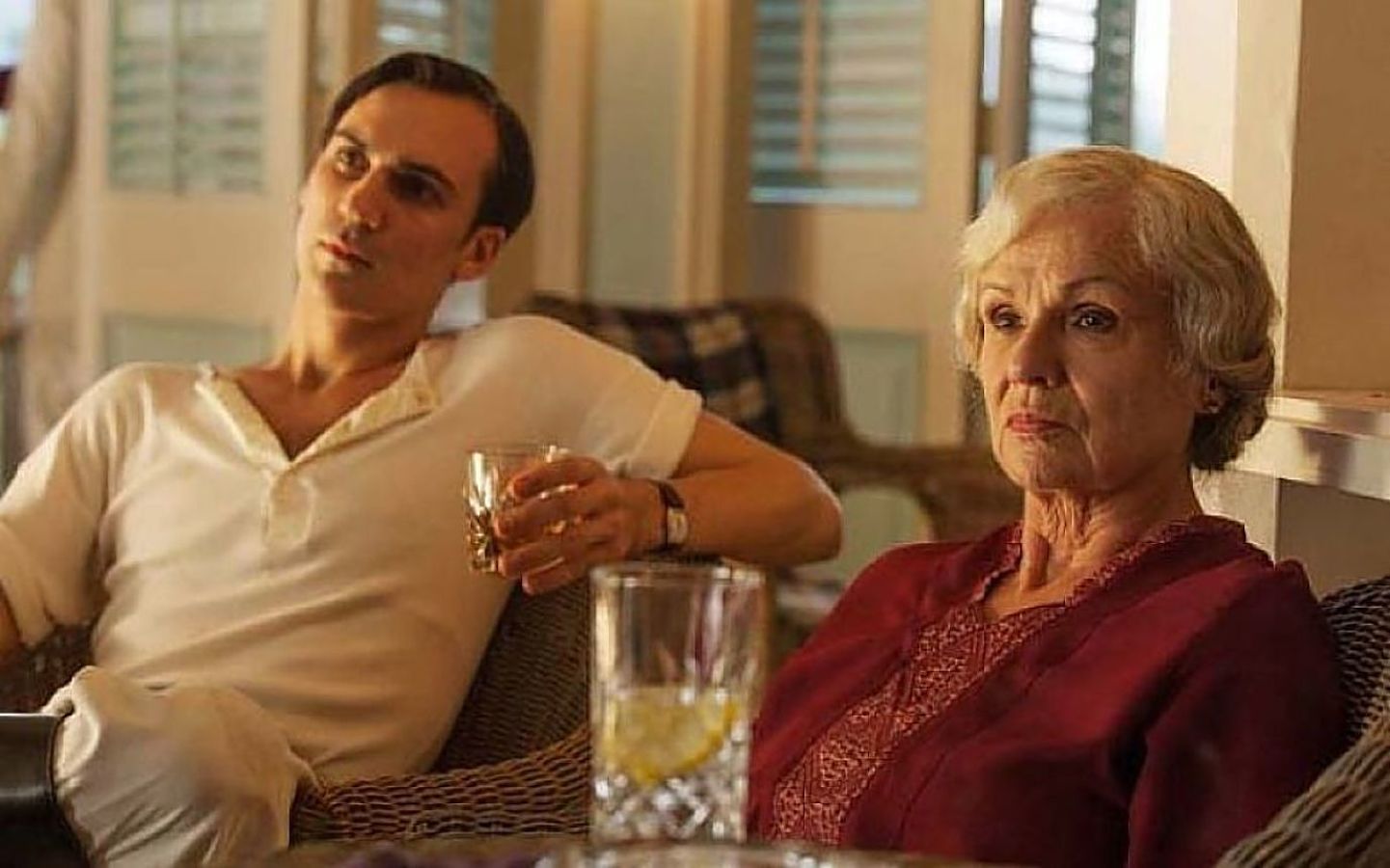Indian Summers begins in 1932 with the annual retreat of the imperial British elite to Simla, situated at the foot of the Himalayas. Its ambitious makers hope that it will be the first of a five series, 50 episode retelling of the birth of modern India. The first episode opens with Alice Whelan (Jemima West) travelling to Simla with her baby to join her brother Ralph (Henry Lloyd-Hughes), the Private Secretary to the Viceroy. Meanwhile, Aafrin Delal (Nikesh Patel) begins his job at the Civil Service; he finds himself going beyond his employment remit when he takes a bullet for Ralph when set upon by a mysterious assassin. In the second episode, a reporter from the Delhi Herald attempts to sniff out the story, while Ralph begins to use Aafrin as a propaganda tool to discredit the Independence movement.
The show features a large ensemble cast. All of them are meant to be interesting, but some of them are more interesting than others. The wonderful Julie Walters chews the scenery as Machiavellian Cynthia Coffin. She runs the Royal Club, where the colonialists aim to create a Britain more British than Britain, dancing to outdated steps in their fusty microcosm.
The makers assert that the show will tell the story from both the British and Indian point of view, but in the first few episodes more time is spent with the former. The dour Dougie Raworth (Craig Parkinson), and disposable Ian Mcleod (Alexander Cobb) are dull next to Aafrin’s rebellious sister Sooni (Aysha Kala), who gets frustratingly little screen time. The show has its fair share of questions to keep the viewer intrigued. What is the relationship between Ralph and his would-be assassin? Why did Alice leave her husband?
Unfortunately, the show is not immune to the Julian Fellowes clunker. “I don’t know how they can bear it”, breathes Alice looking out from a hot train window at the trail of Indian servants on foot, bearing her luggage in the baking sun. “Well, they’re not like us, are they?” answers Sarah (Fiona Glascott), the snooty minister’s wife. Now we are all aware that Sarah is a bad, imperialist racist, even though the likelihood of the upper-class Alice not sharing this view, and needing it to be directly stated to her, is implausible to say the least. This heavy-handed dialogue is a shame, for the sight of the servants toiling over their burdens, contrasted with the sweaty Europeans on the train, incongruous in their proper English dress, makes a powerful statement in its own right. Indian Summers has faced comparisons to the 1980s series The Jewel in the Crown, which similarly charted the decline of the Raj and Indian independence. The earlier drama seems more complex in its treatment of the period, although there is some interminable dialogue and a rather startlingly not-evil baby Tywin Lannister (Charles Dance). There are many similarities between the series, including possibilities of race and class-transgressing romance, and the inclusion of middle and working class movers and shakers in the imperial melange.
Indian Summers is better than that other period cash-cow, Downton Abbey, mainly in that stuff actually happens, and the actors actually act. This might seem like damning with faint praise, but never underestimate the appeal of a real plot. Indian Summers further benefits from its genuinely compelling setting and subject matter, instead of Downton’s puzzling expectation that you care about whether the Granthams lose their undeserved wealth. The true star of Indian Summers is the gorgeous setting: not actually India, but Malaysia. At £14 million, it is the most expensive drama ever made for Channel 4. It seems like much of this was wisely invested in the beautiful sets, costumes, and cinematography. Perhaps hubristically, C4 has marketed the series as an epic “masterpiece”. This reviewer is unconvinced, or just a little tired of shows about exploitative, rich people, which include the obligatory ‘how shocking is it that people were like this?’ signposts, but revel a bit too much in those same lifestyles and attitudes.

